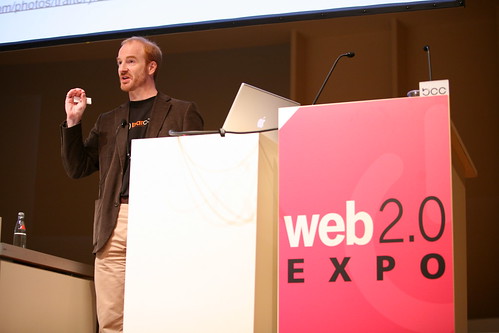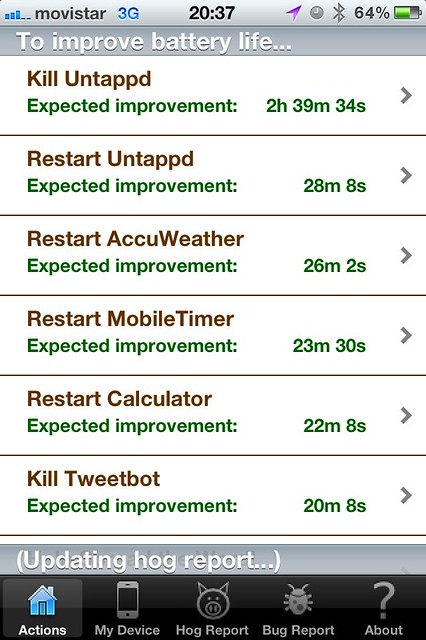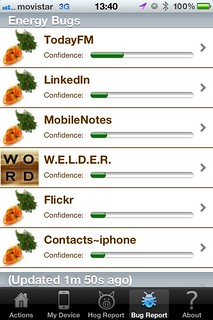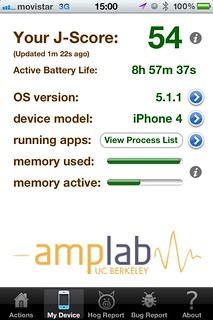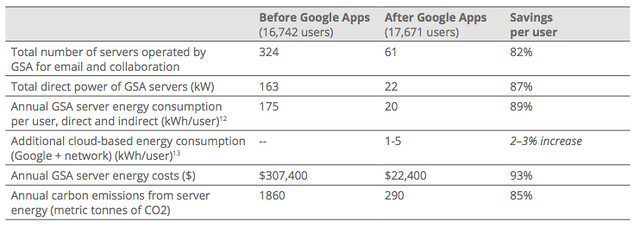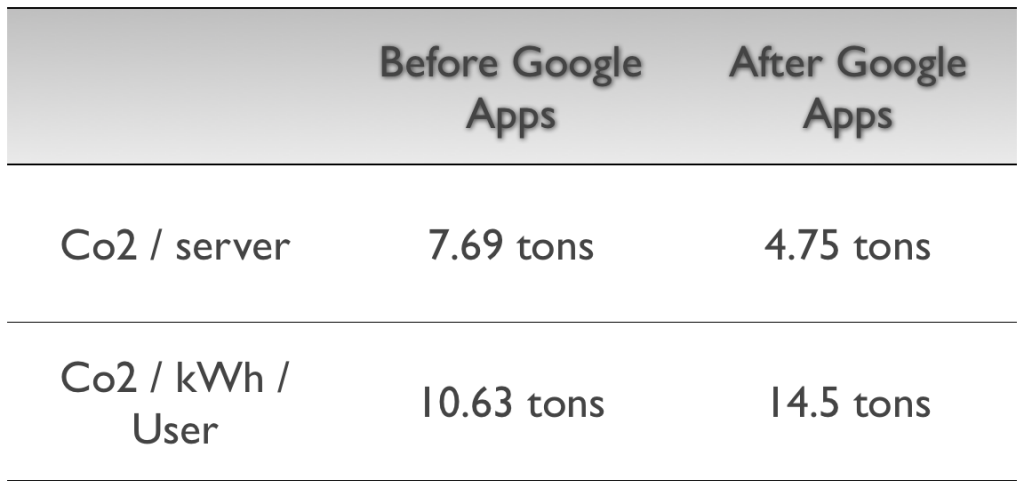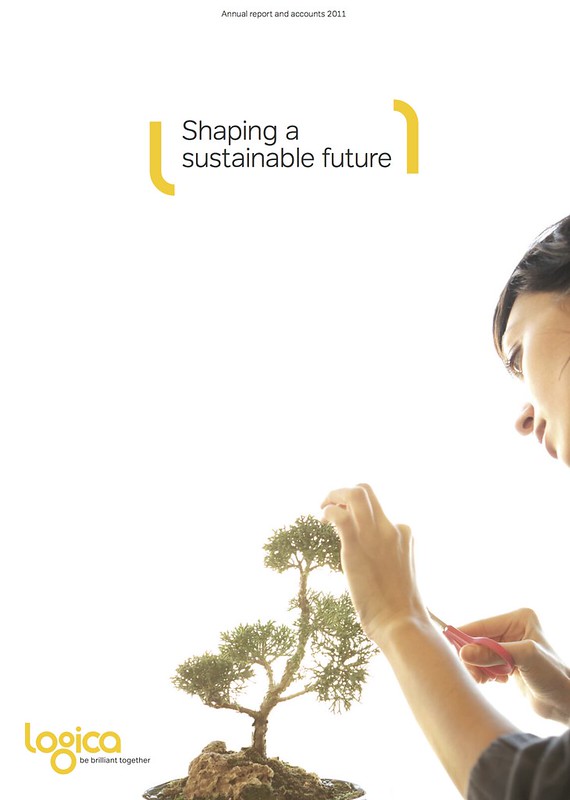At GreenMonk we think its important to get under the skin of sustainability assumptions, to try and understand the underlying data, complex though they may be, which is why we have been skeptical of claims by vendors that cloud is by definition green. We are also disappointed by the Carbon Disclosure Project’s position on the subject. We might as well say cloud is by definition secure, or by definition offers 100% uptime. None of these statements stand up to scrutiny. Cloud can be greener, but a lot depends on where the energy to run that cloud comes from. We need to analyse the inputs, as well as the outputs. If you run your cloud on coal then its not green – its dirty cloud.
My colleague Tom does a great job talking to the issues in this video, with transcript.
Tom also points out that the Google Apps cloud has a surprisingly high carbon intensity. Of course sustainability is about more than energy – which cloud providers have published data on water consumption and use?
I met Rackspacee recently to talk about its European business and I was pleased to discover that its European data center, here in the UK, runs on certified 100% renewable power. If only other cloud providers made such clear and unambiguous commitments to sustainability. Well done Rackspace. Now if we can just get the company to be programmatic about sharing data about its performance, to encourage other cloud providers to become more transparent.
update for extra bonus points from the good people over at Mastadon C, a project to enable organisations to choose where to deploy Hadoop jobs based on the carbon intensity of a chosen data center location. On Mastadon C’s blog today they also commend Rackspace, confirming GreenMonk’s position, also supported by Greenpeace.
“So Rackspace London rocket up the leaderboard as a green option, and we can build moar big data in the UK without doing bad things to the planet! Happy campers all round.”

